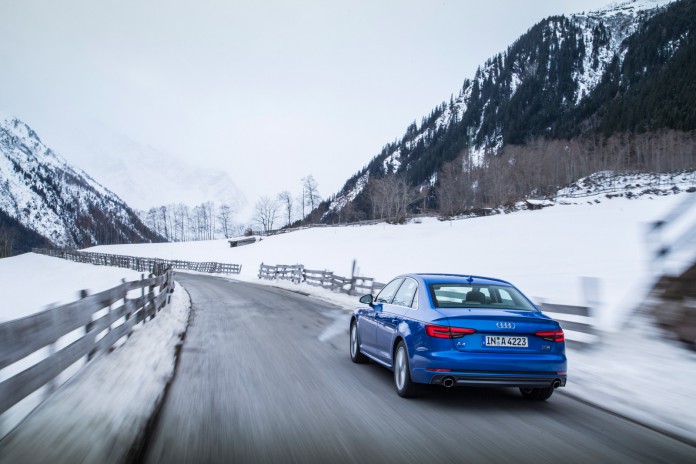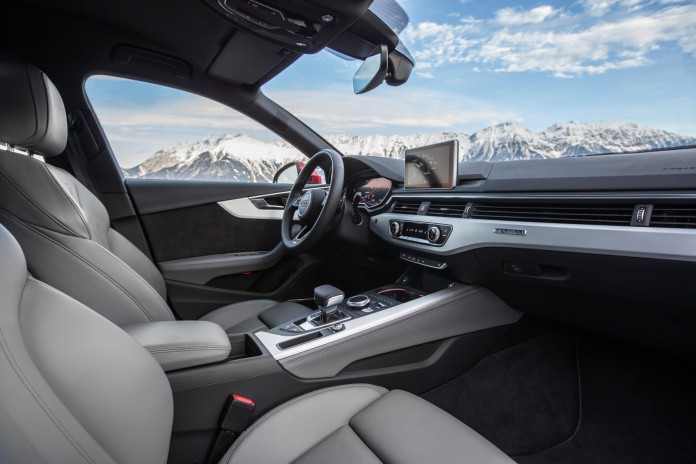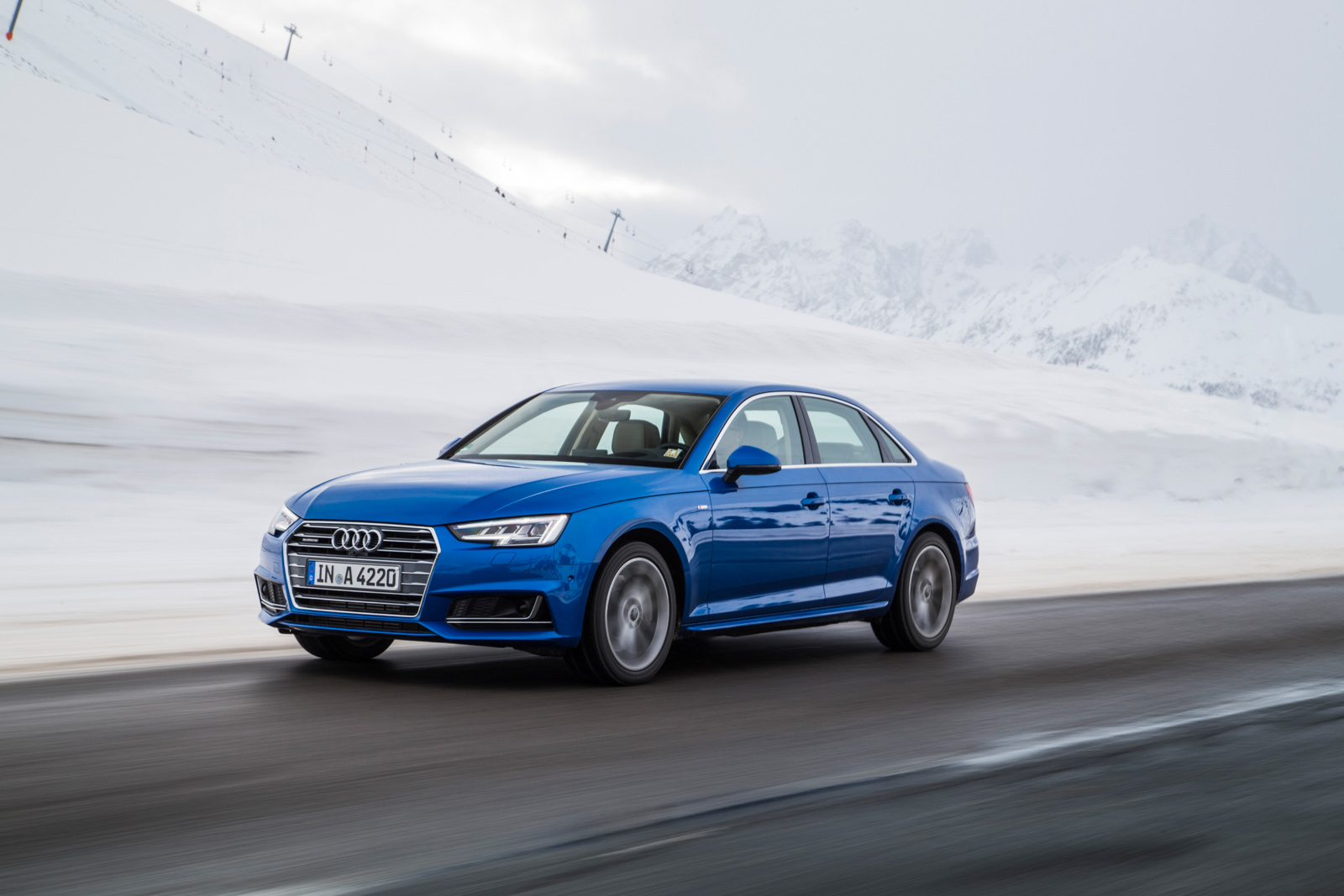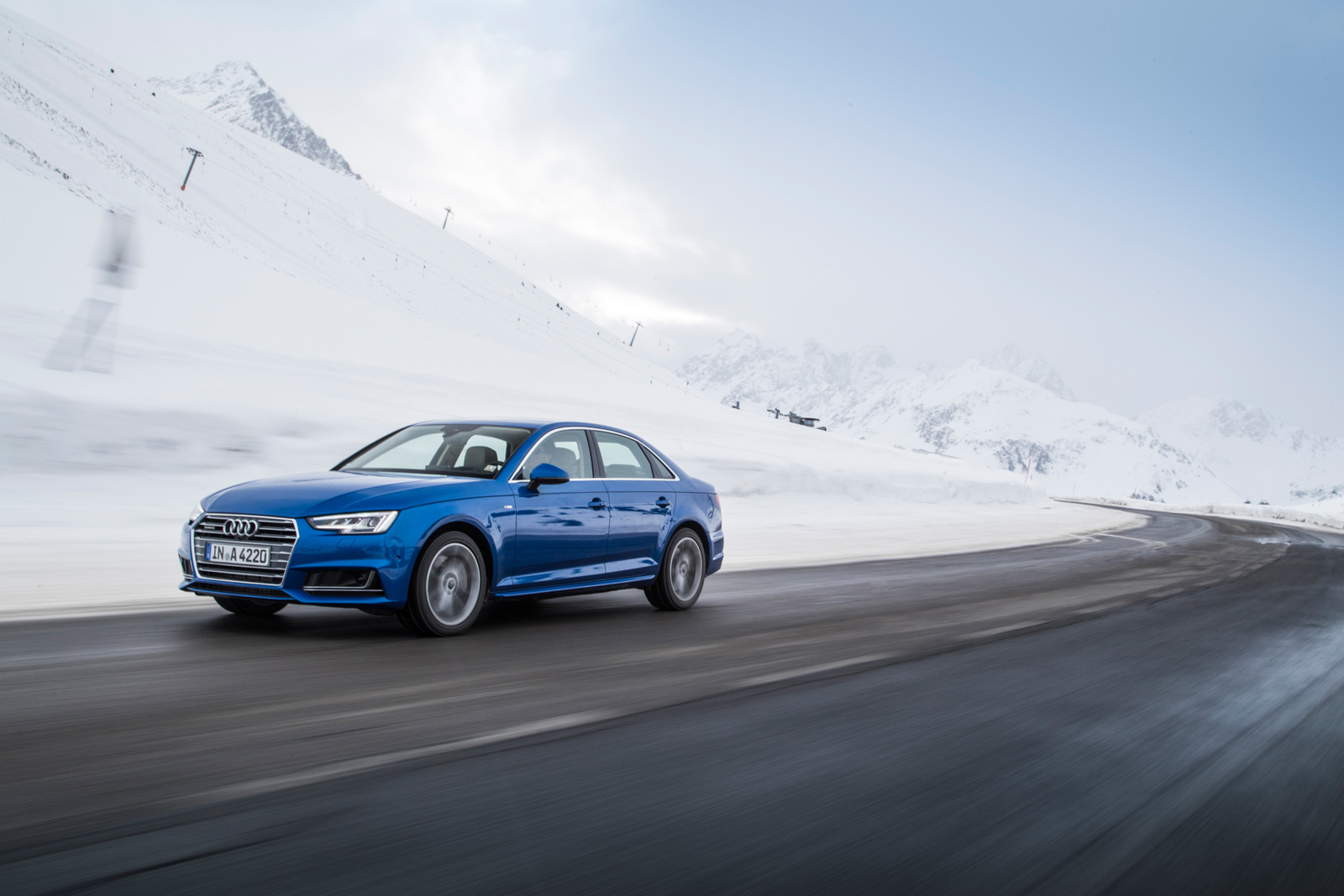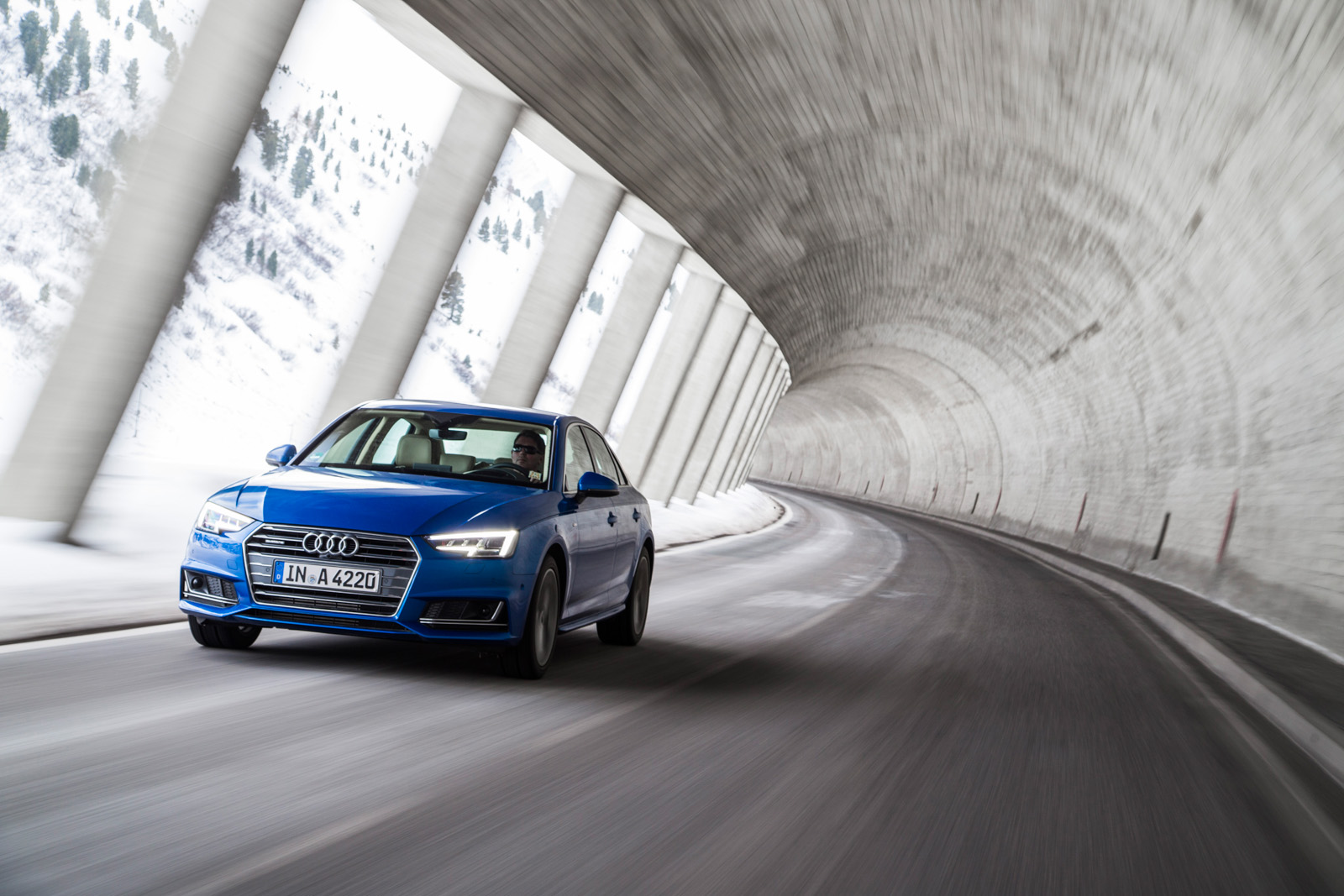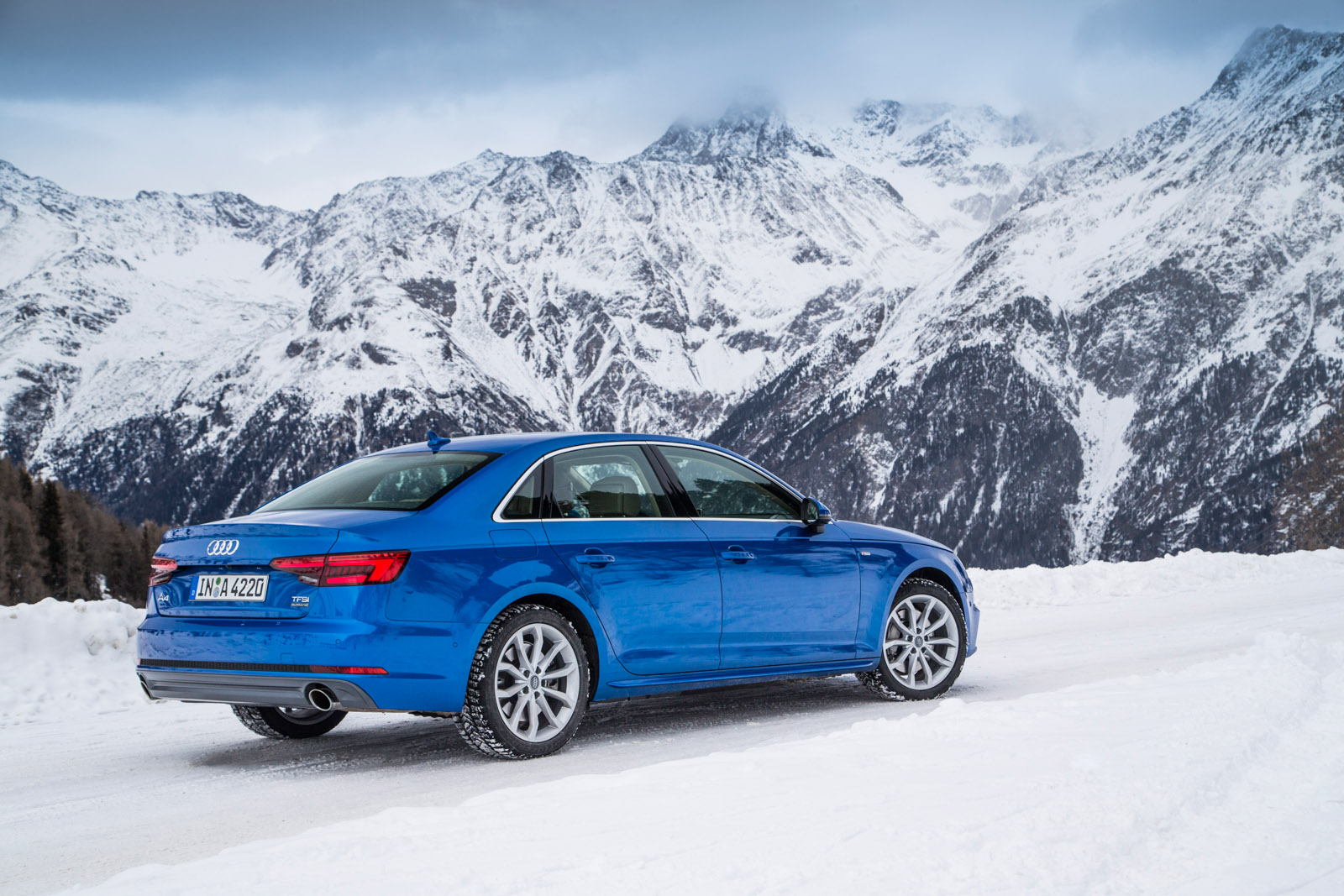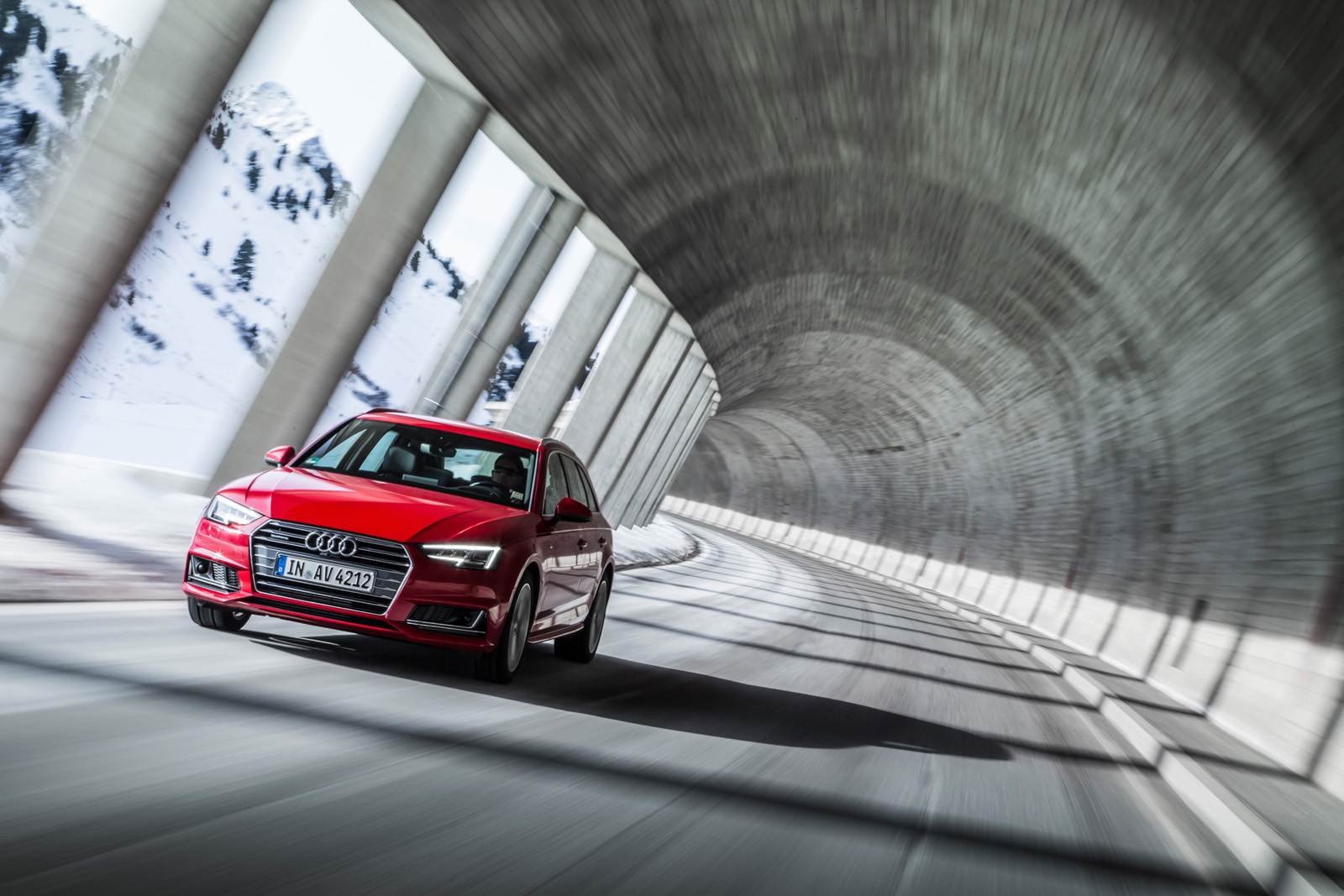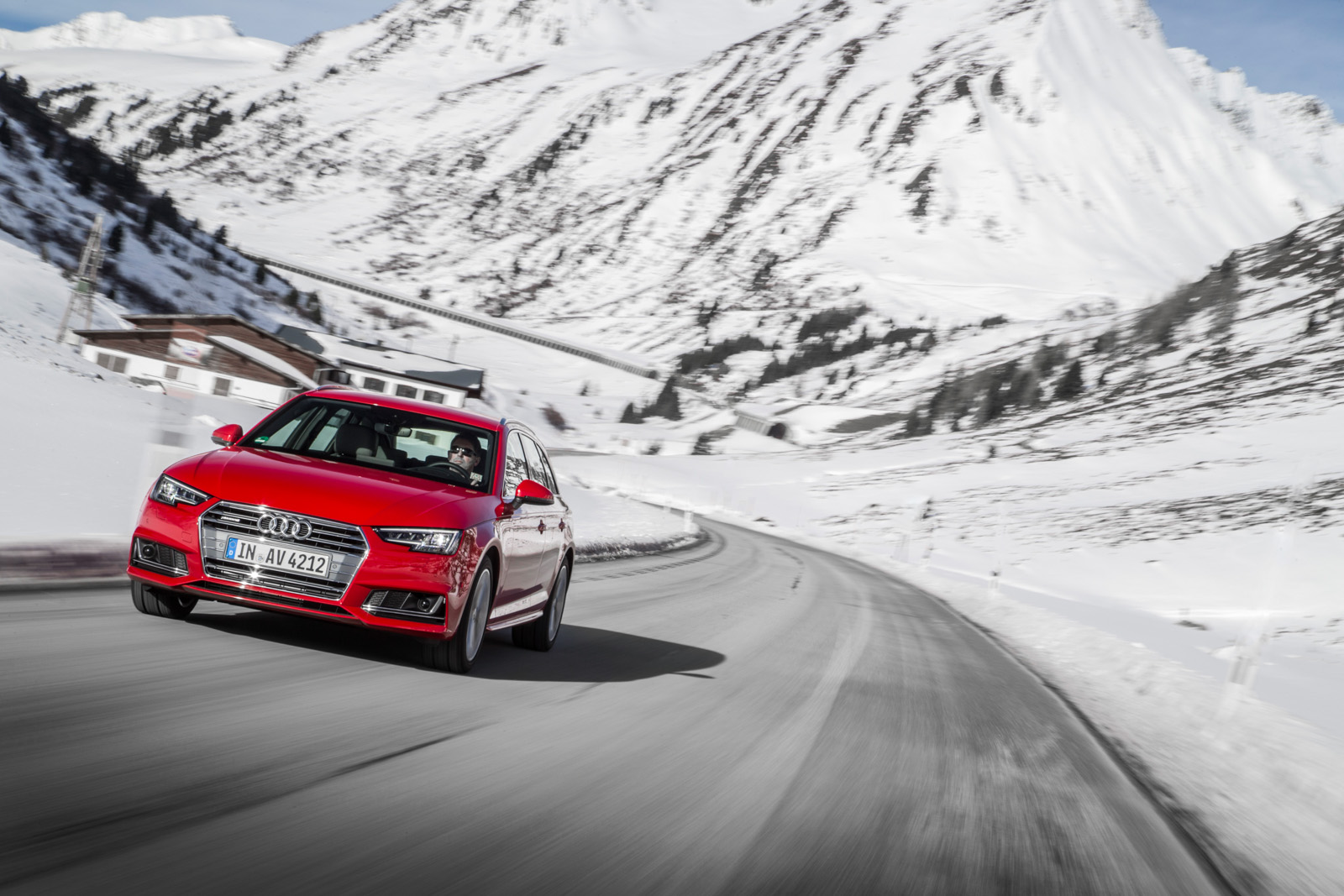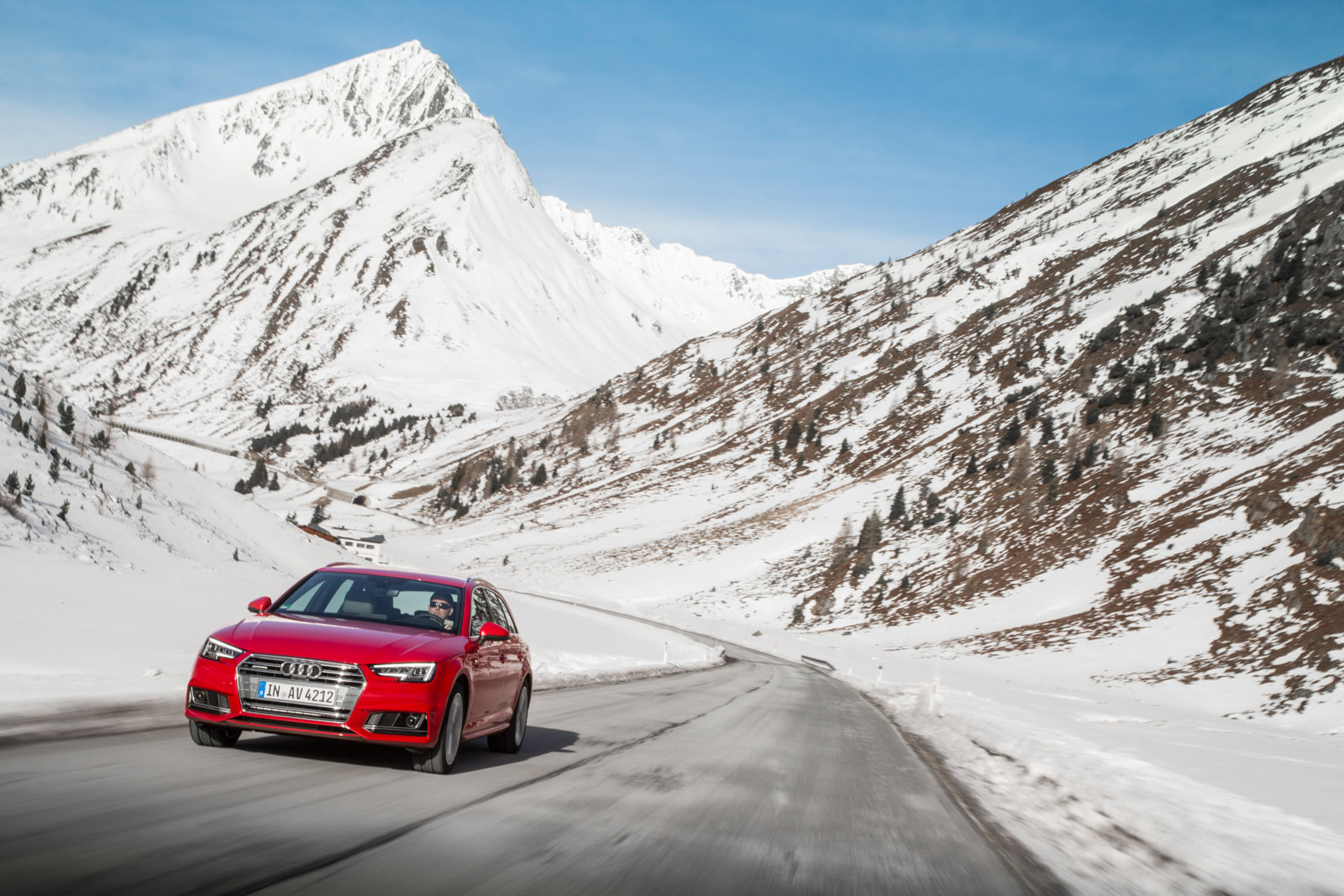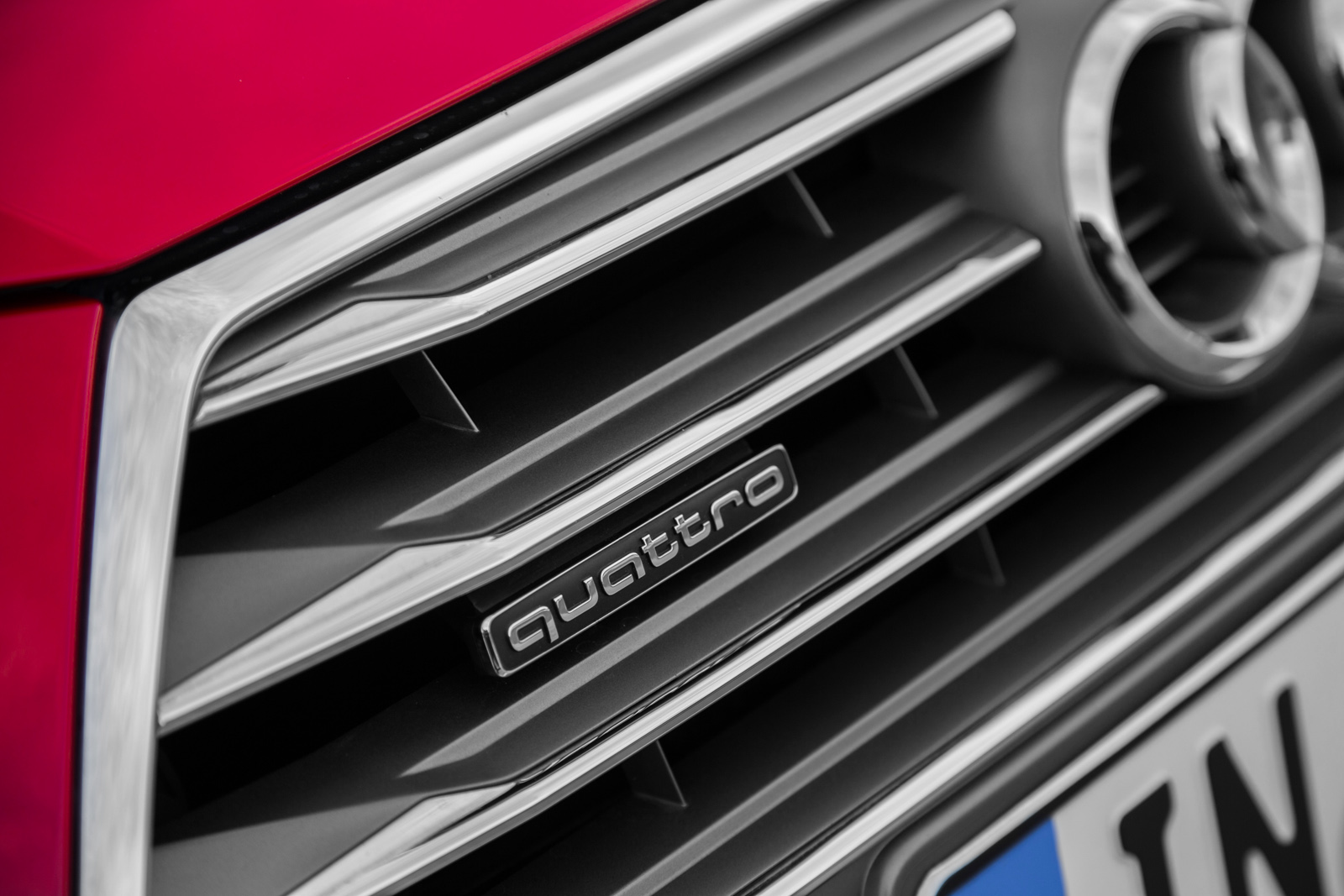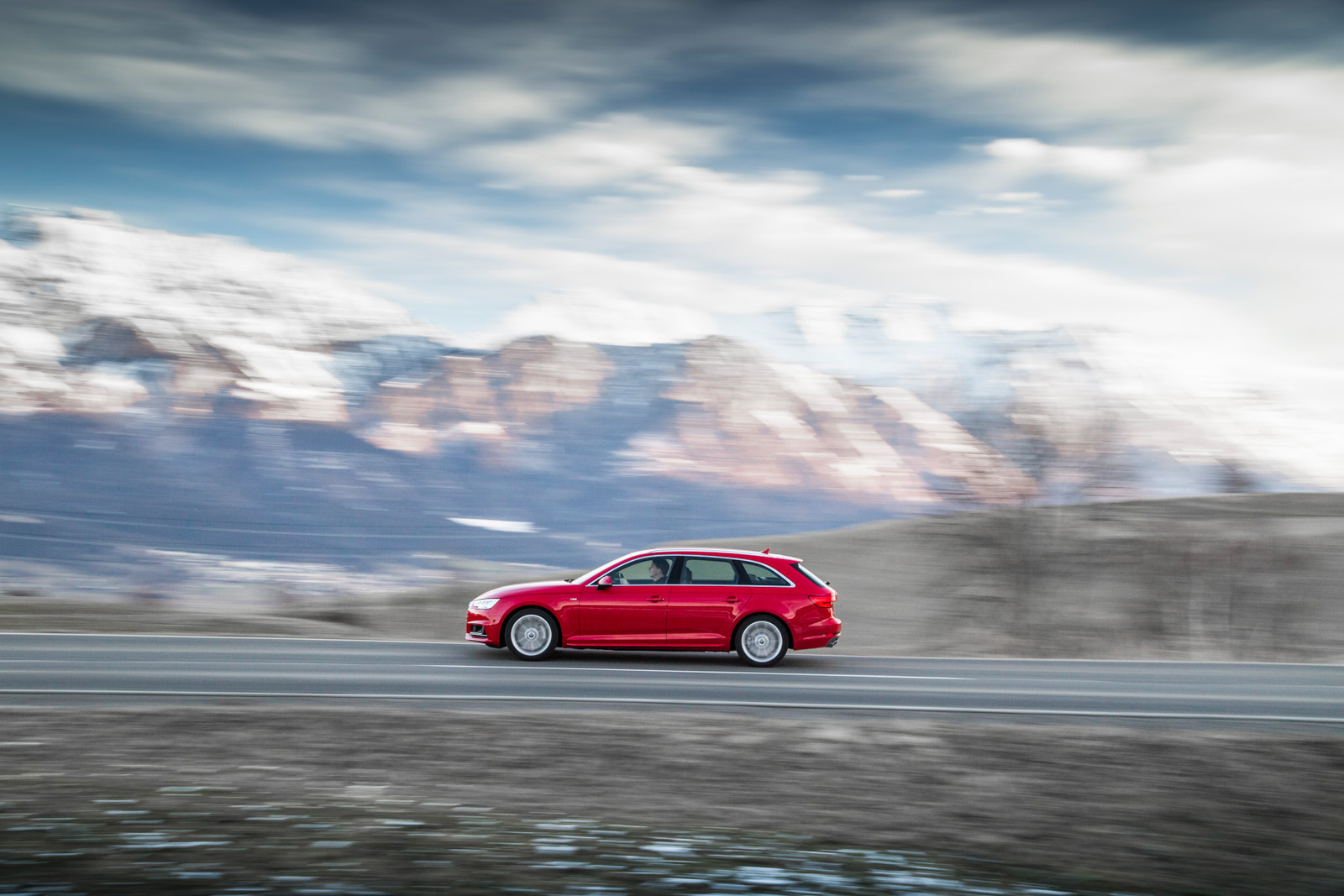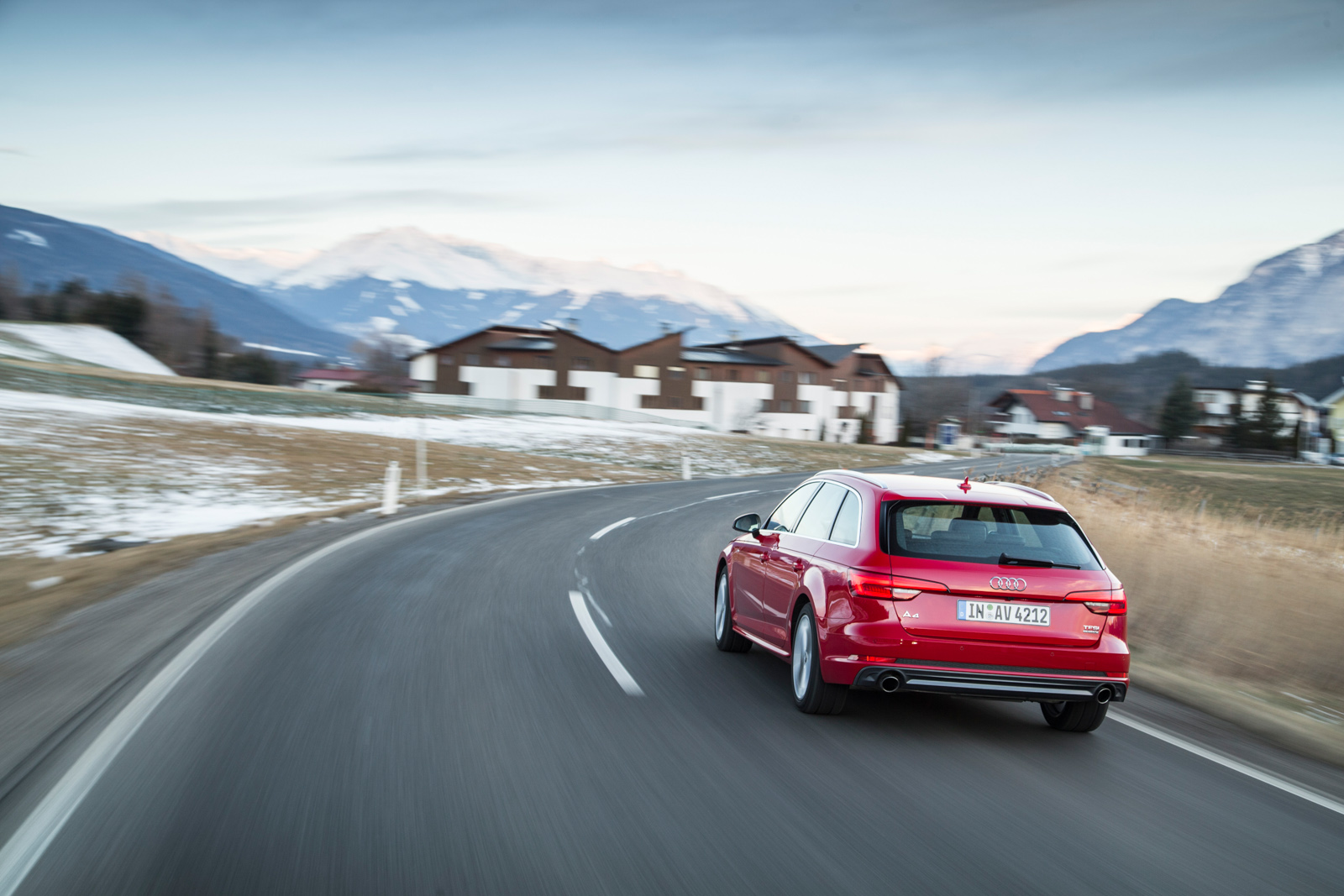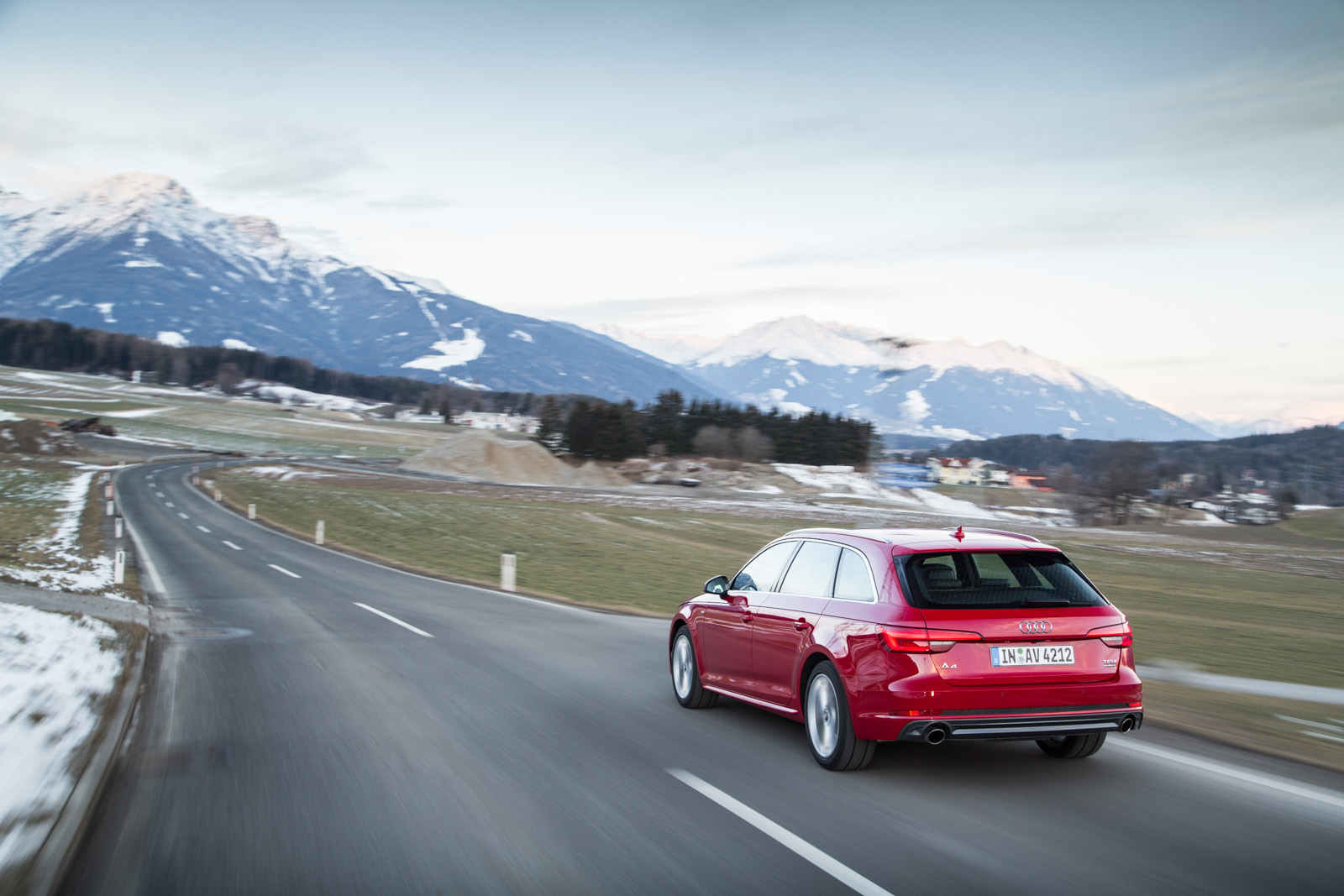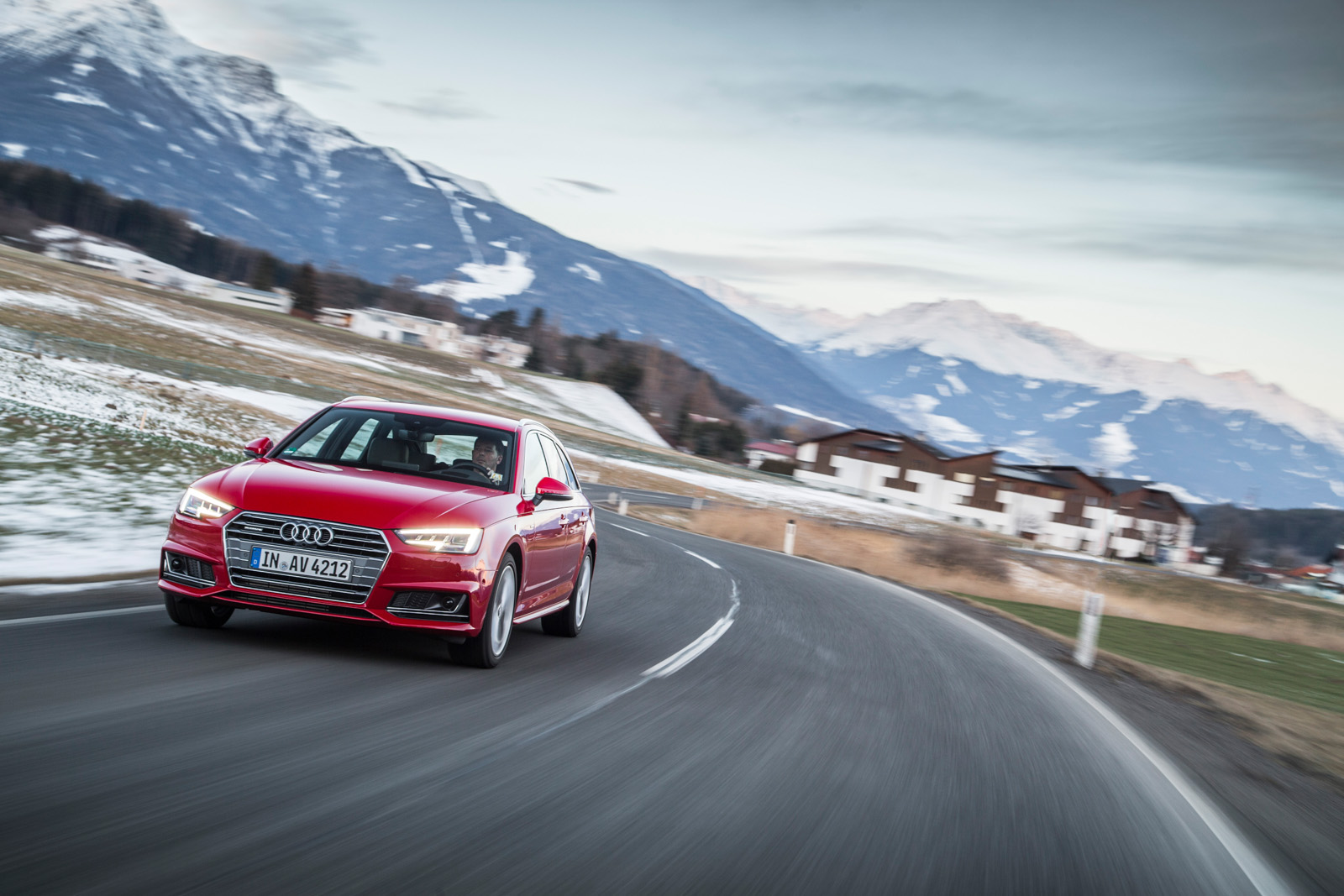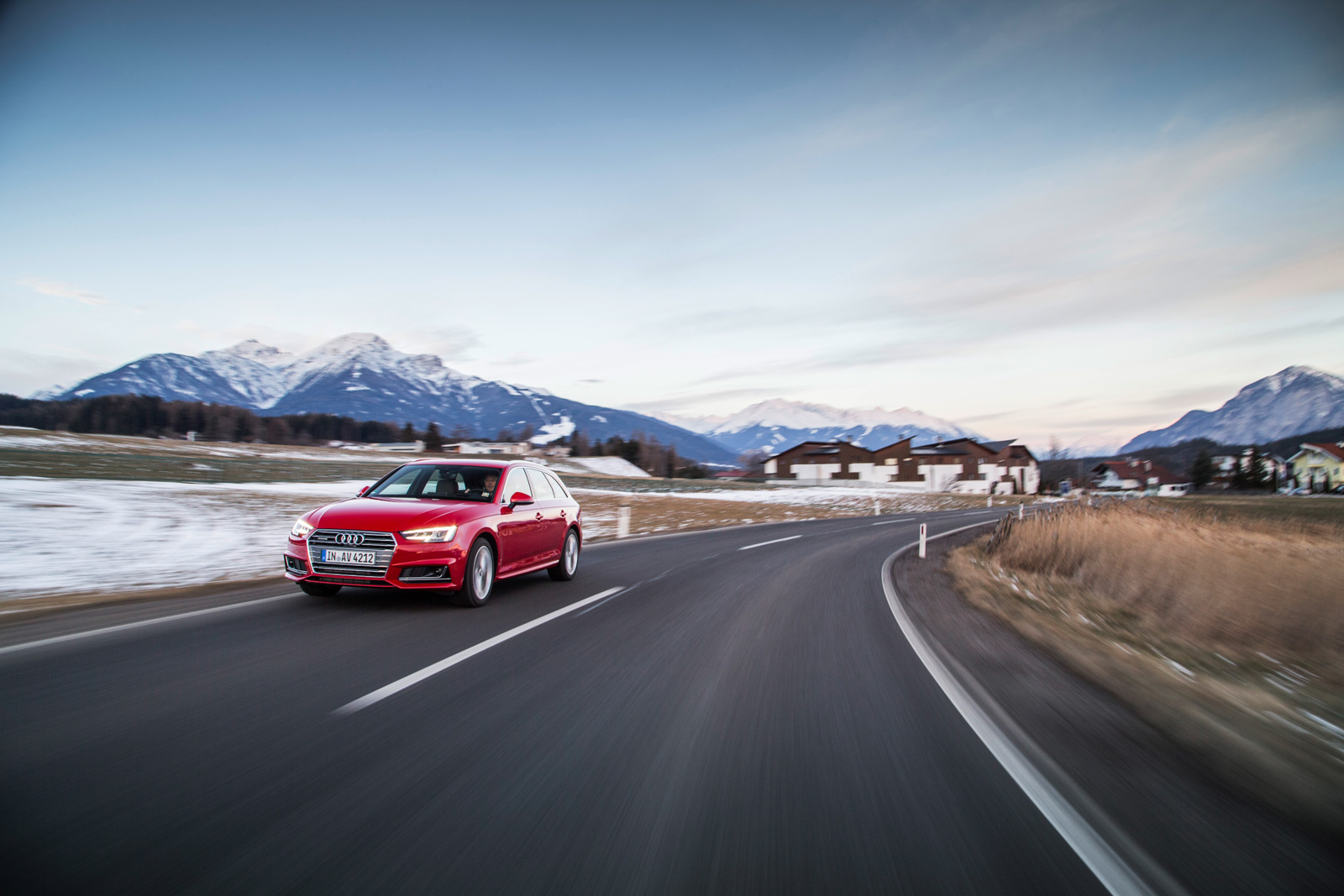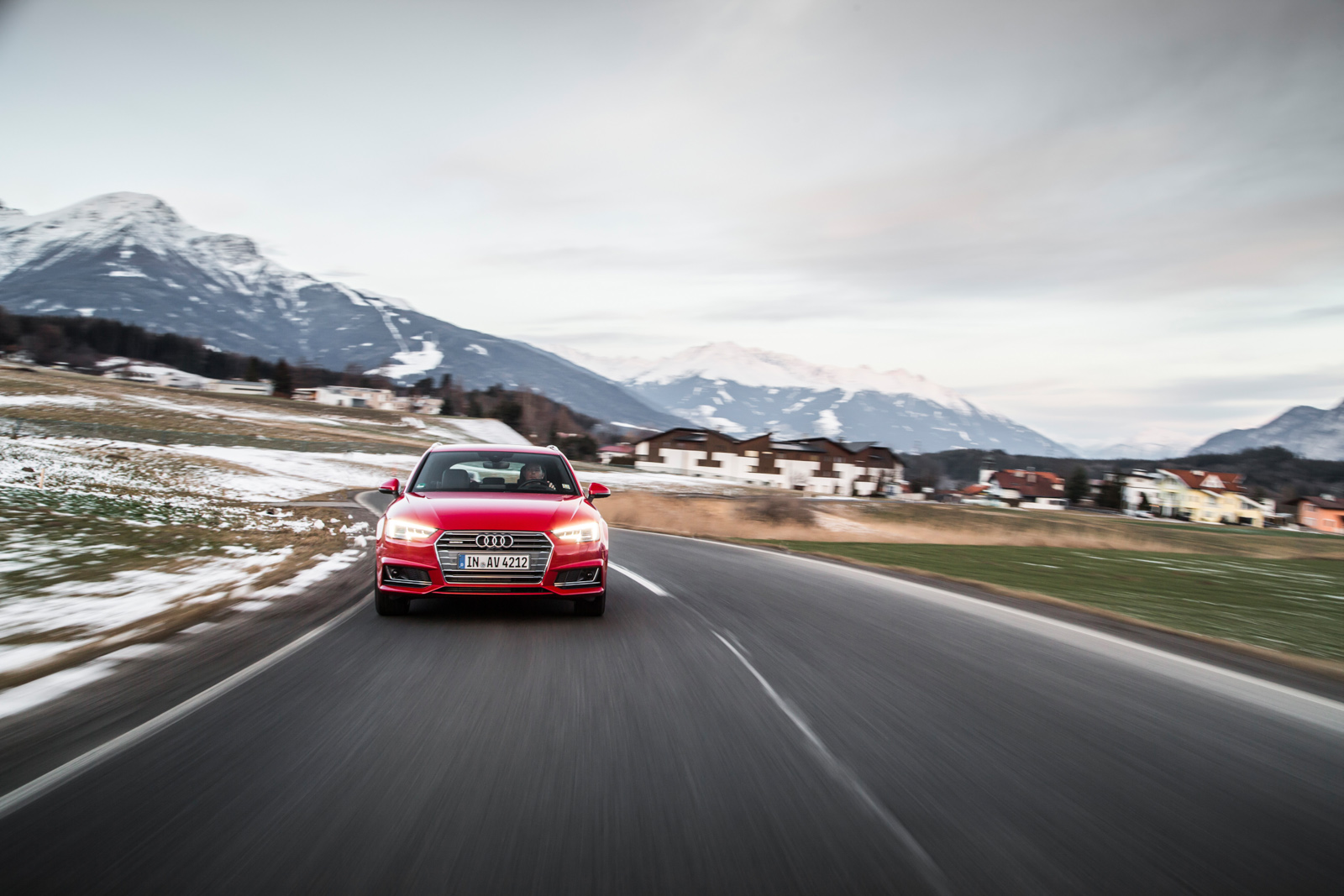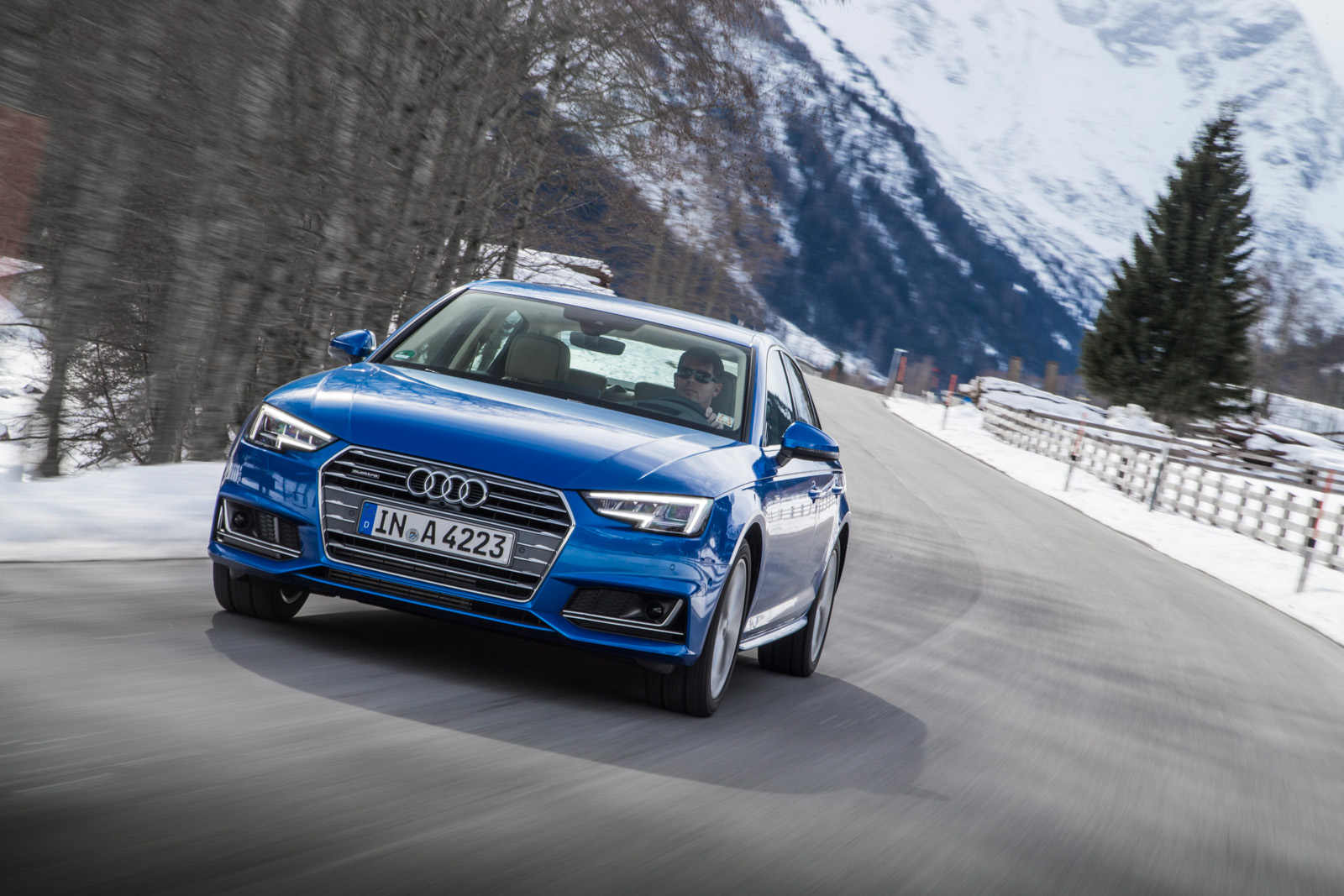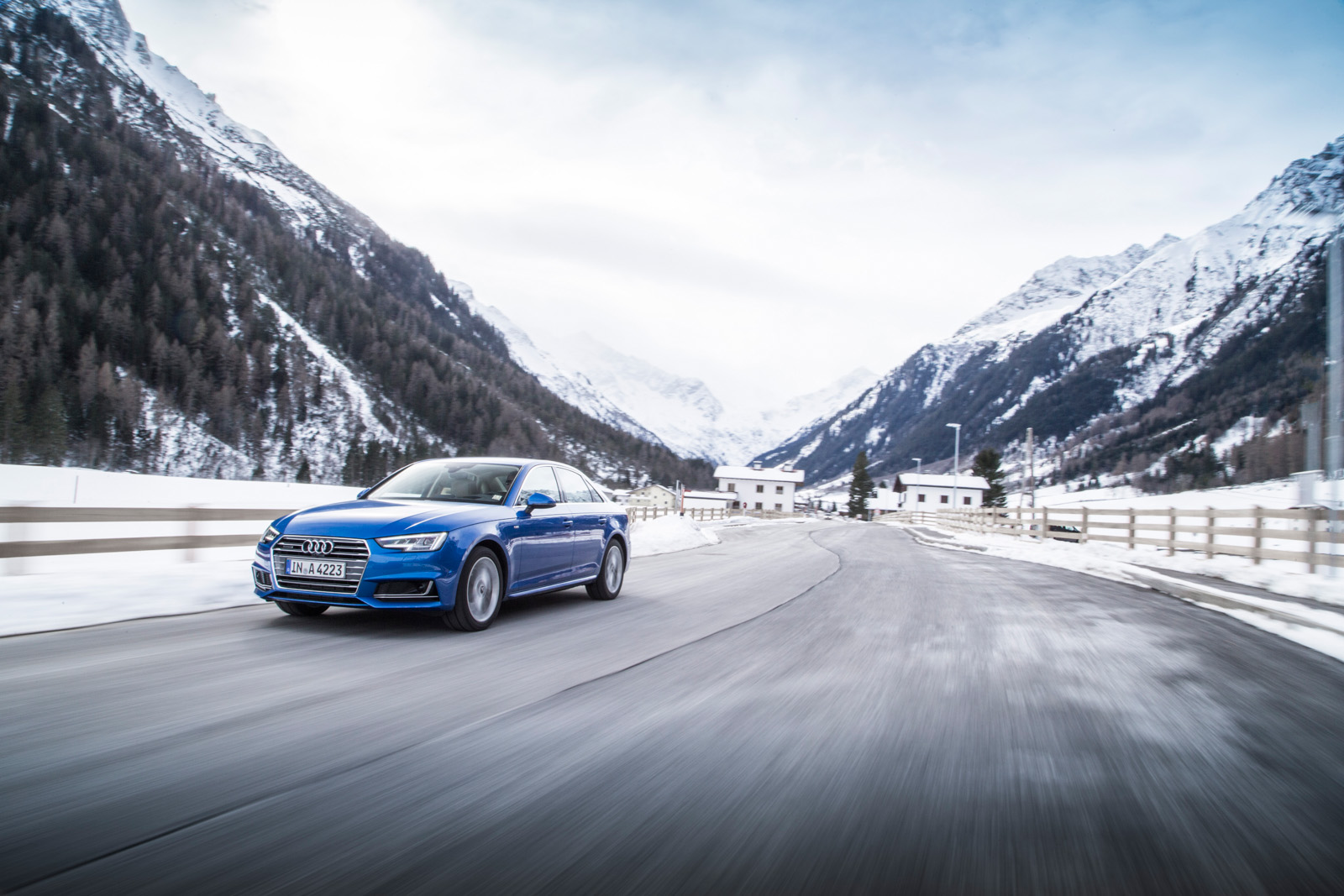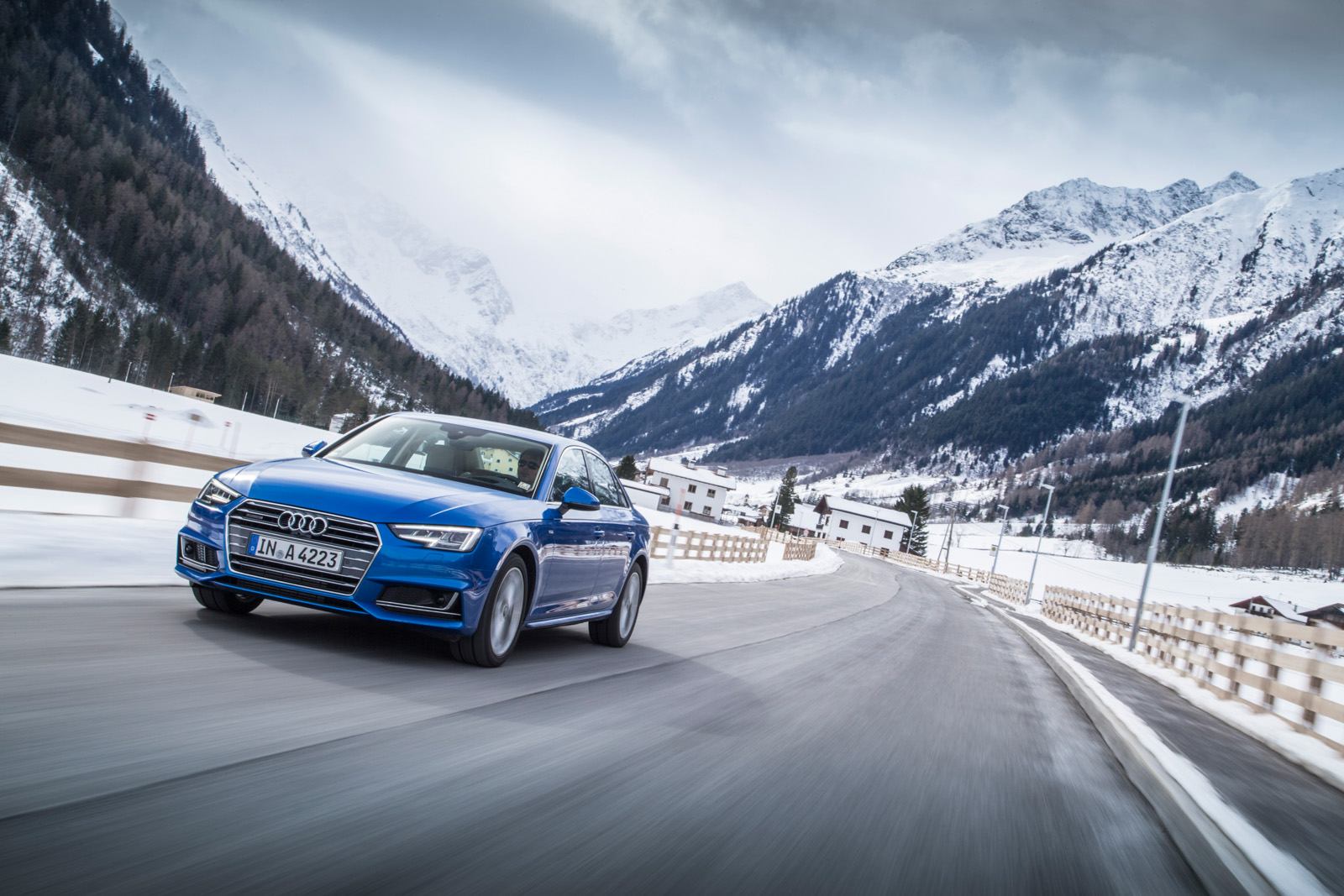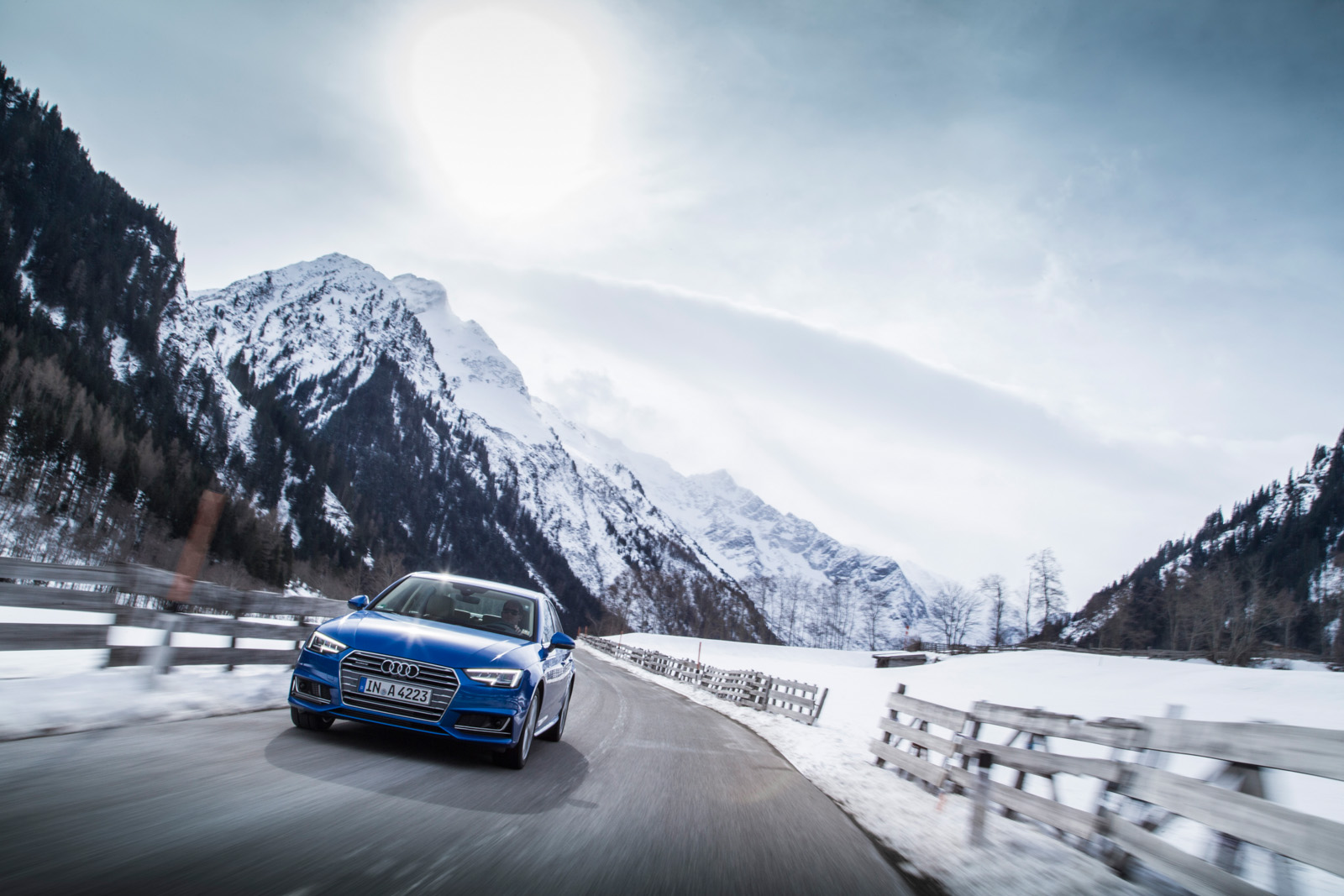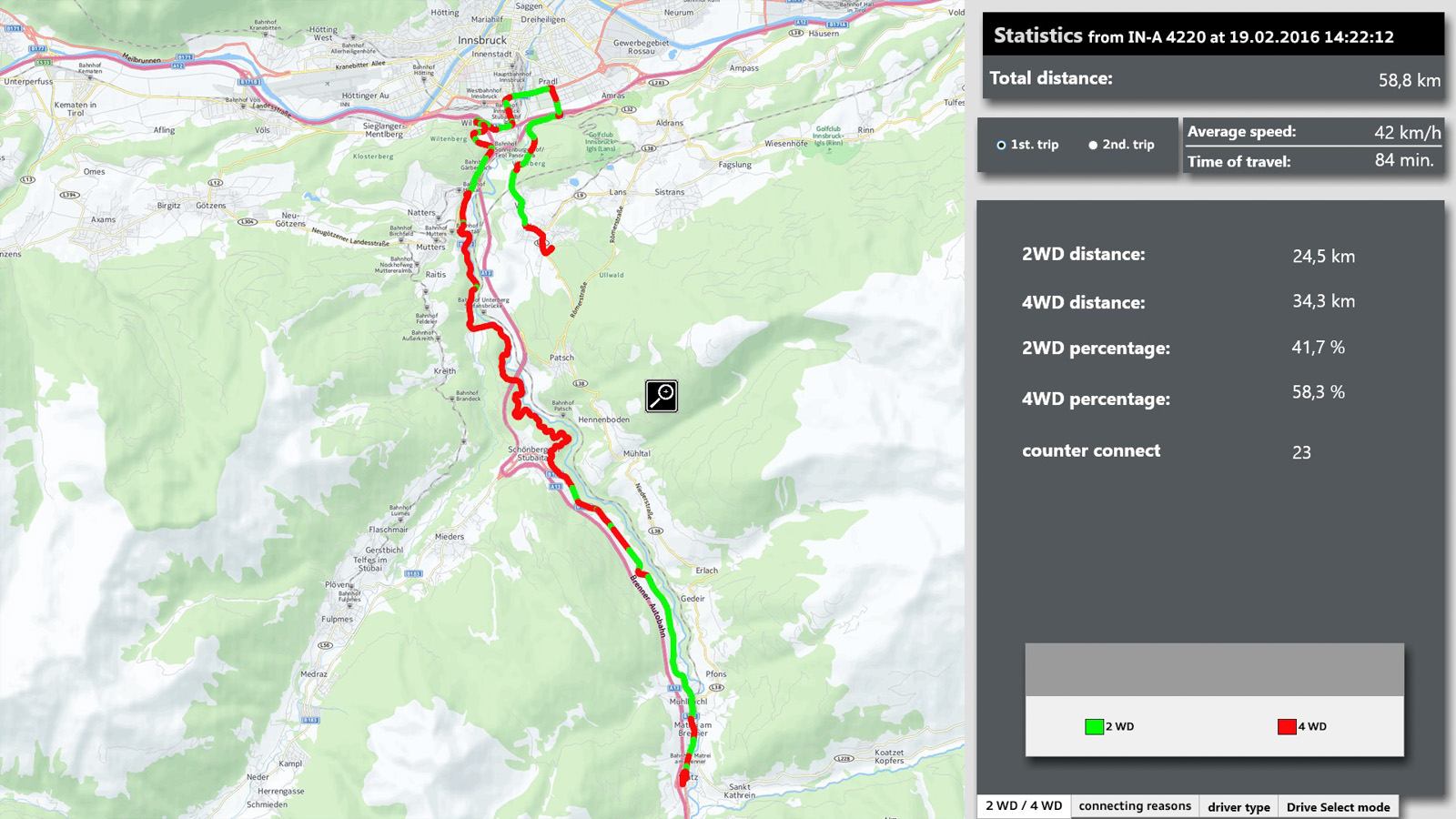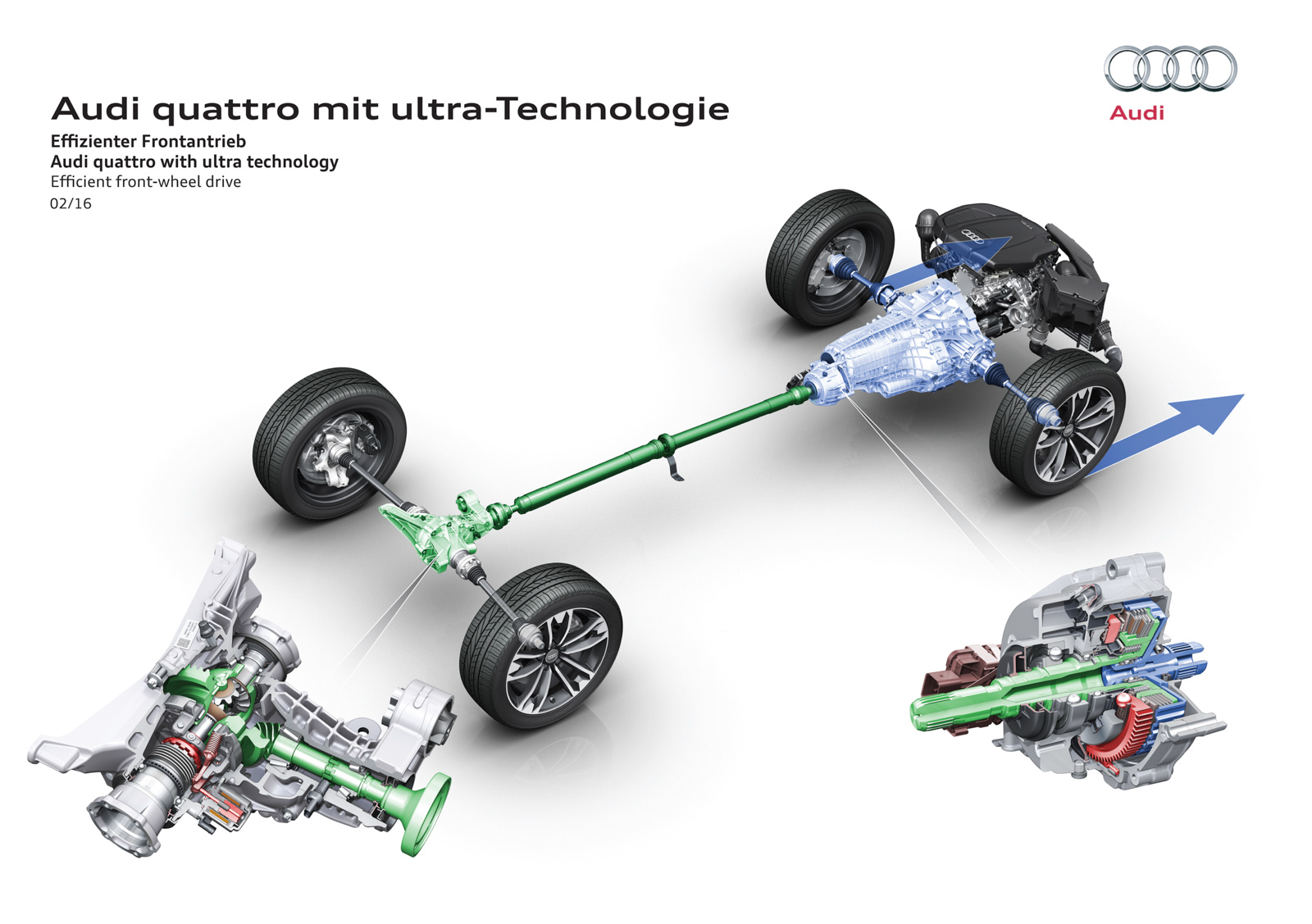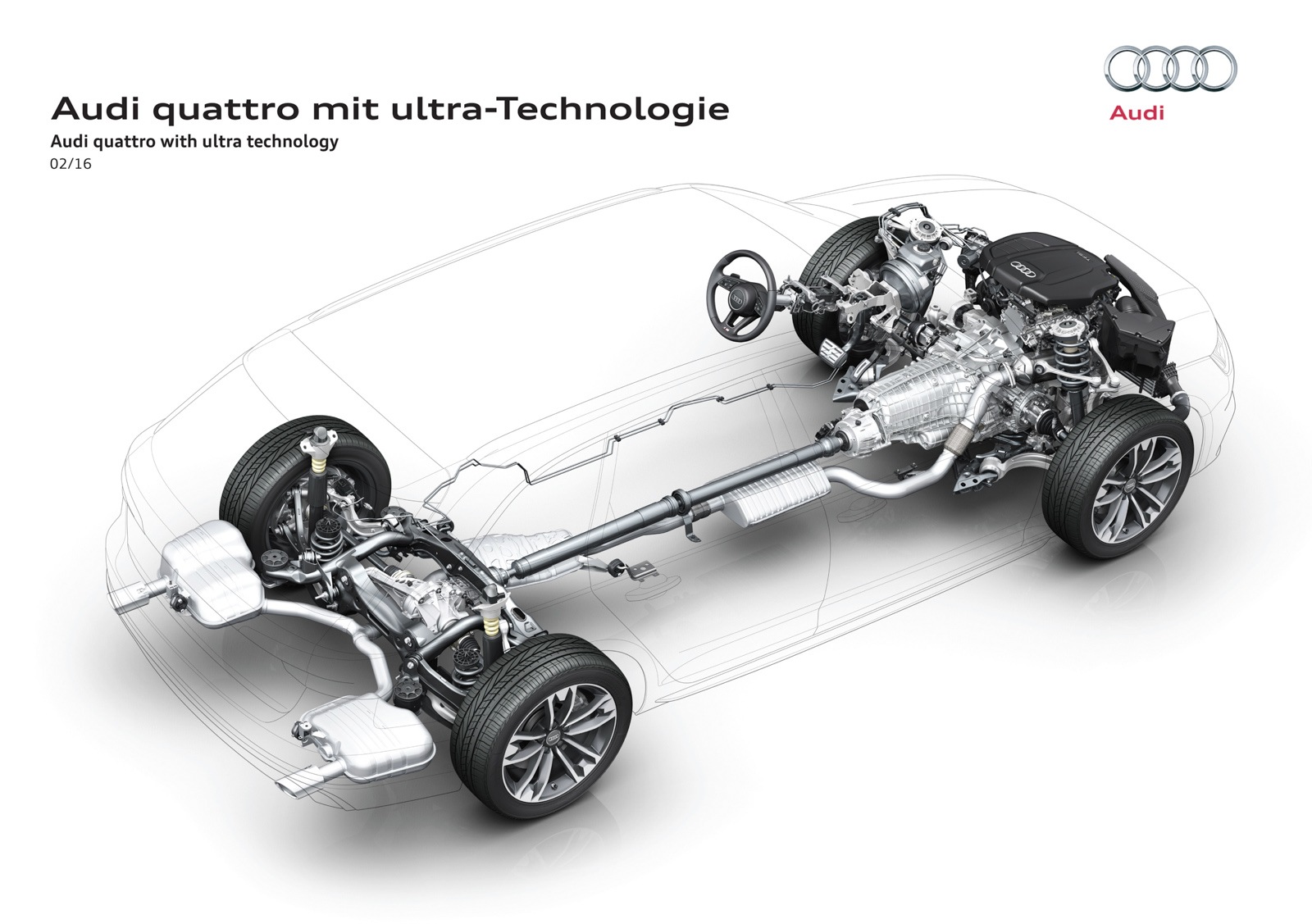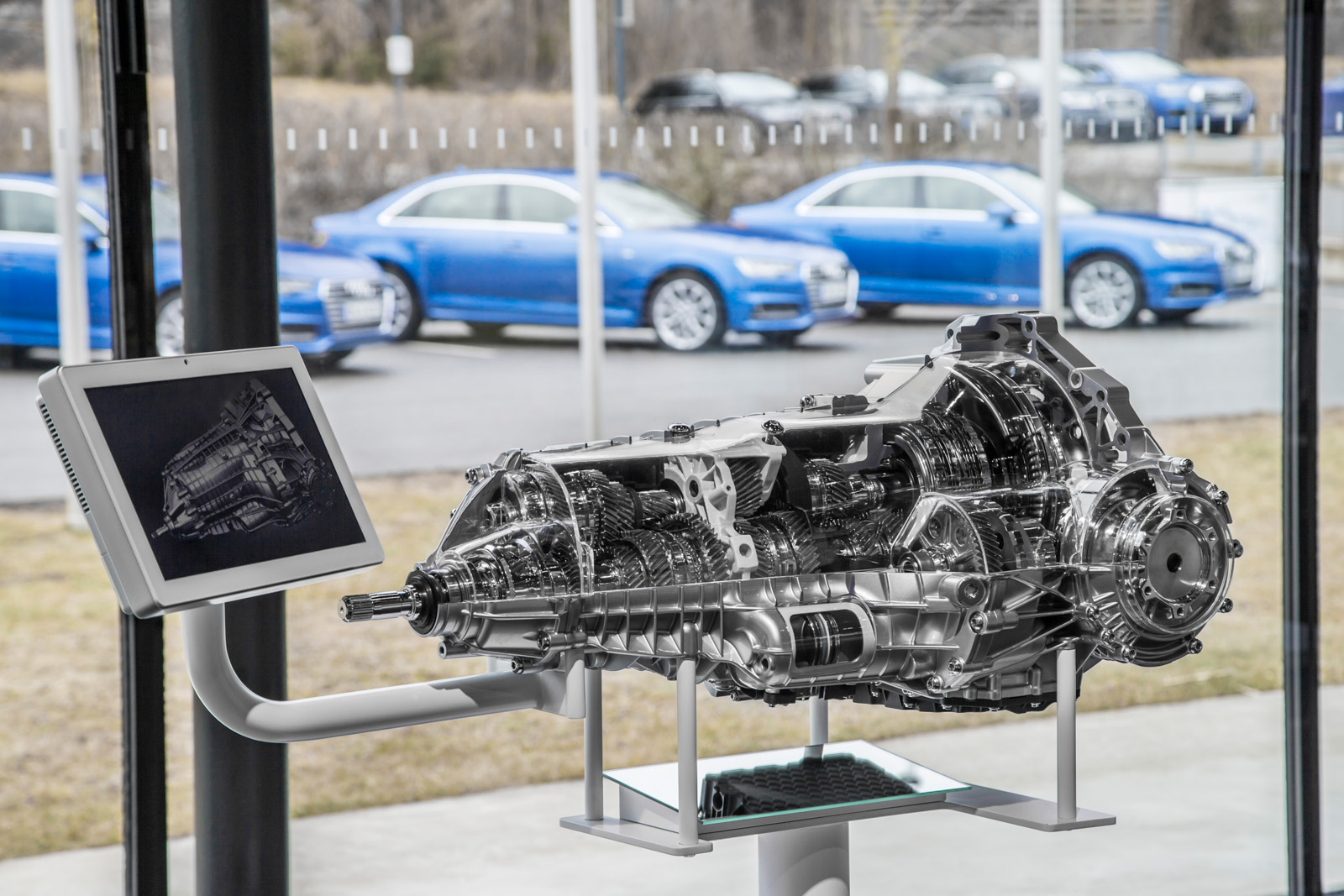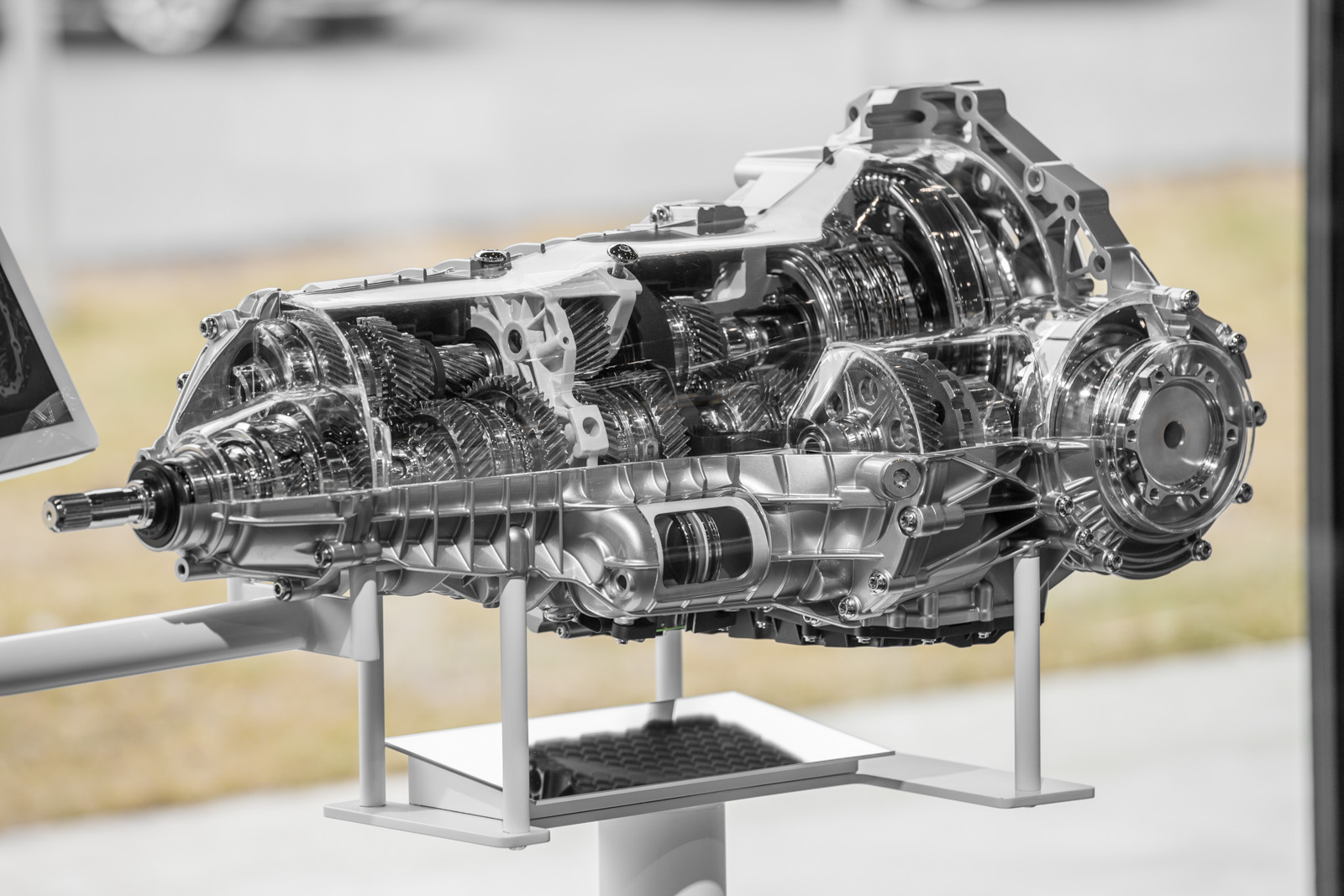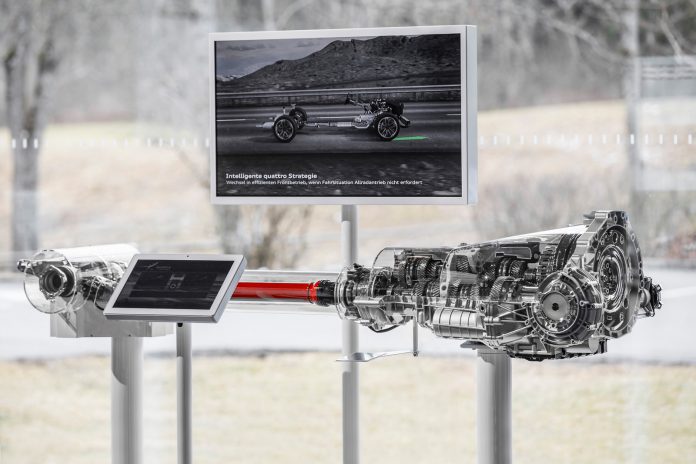Did you know that the Audi CS 100 Quattro managed to climb a ski jump in Kaipola, Finland back in 1986? I didn’t, until I came across one of Audi’s older TV commercials promoting their Quattro all-wheel drive (AWD) system. Then again, that was well before I was born. A quick googling session shows that Audi attempted to re-create the iconic commercial from the mid-1980’s in 2005 with an Audi A6 Quattro. Once more the Kaipola ski jump showed to be no match for Audi’s AWD technology.
It has been 36 years since the beginning of Audi Quattro and 30 years since an Audi with Quattro technology climbed a ski jump with an incline angle of 37.5 degrees. 30 years of consecutive improvement and innovation brought Quattro to where we are today, the beginning of Quattro Ultra AWD. Audi invited us to a “Quattro Techday” in the heart of Austrian Tyrol, Innsbruck to be precise, to learn about their latest technological advances in the form of Quattro Ultra.
It’s not everyday that a large car manufacturer like Audi opens its books on some of their latest technology and innovations to the press or public, so we gratefully made use of the opportunity to travel out to Austria and learn all about it.
According to Audi, a new chapter is opened with the introduction of Quattro AWD with ultra technology. The new Quattro system, designed for all Audi’s with longitudinally mounted front engines, is said to combine driving dynamics and safety with high efficiency. Before I dive into specifics about the new Quattro system, let’s take a brief look at Quattro’s 36 years of AWD success and history.
History of Quattro
The origin of the Quattro technology can be traced back to a cold winter day in the North of Sweden. We’re counting 1976-1977 when Audi engineers conduct winter driving tests in the cold North, comparing a military all-terrain vehicle with their front-wheel drive models. Despite the big difference in power, the 75 hp Iltis military vehicle wiped the floor with the Audi prototypes. Thus, Quattro was officially born a few development years later, debuting the Audi Ur-Quattro at the 1980 Geneva Motor Show.
In the 36 years since that first introduction, roughly 7 million Audi’s with AWD have rolled out the Quattro factory doors and Quattro could be considered as one of the main pillars of the Audi brand. As a testament to Quattro’s continuous success story, Audi’s 2015 global order books show that more than 40% of their customers opt for Quattro all-wheel drive. The best sold Audi with Quattro technology? The Audi Q5, a true hit in the North American, Russian and Middle-Eastern markets. Audi Quattro maintains a top market position in its home country Germany as well, with 120,000 new Audi AWD registrations in 2015.
The future of Quattro
So now we’re in 2016, and Audi brings us Quattro Ultra. In a nutshell, a permanent all-wheel drive system that follows a highly differentiated strategy to increase the system’s efficiency. The strategy comprises of three parts: proactive, predictive and reactive. It comes down to saving fuel (efficiency) by calculating whether four-wheel drive is needed in a particular situation or the car can handle it just fine using front-wheel drive only.
The burning question is how much fuel is saved by using Quattro Ultra? 0.3 liters per 100 kilometers on average is theoretically what the system should save in fuel compared to the conventional Quattro drivetrain. That might not seem like much at first, but given the amount of Quattro vehicles sold worldwide as indicated in the previous paragraph, the total impact of introducing Quattro Ultra could be considered as quite significant.
In order for the system to know when to engage both the front and rear axle or just the front, the Quattro electronics are hooked on to a number of the car’s control units including steering angle, lateral and longitudinal acceleration and engine torque. Data is transferred and analyzed every ten milliseconds, resulting in the car using just its front wheels or all four wheels.
Following the proactive strategy, the car relies on the data it receives from the previously mentioned control units. The predictive strategy follows the driver’s style, ESC status and the driving mode, while the reactive activation of AWD is usually a result of changing road surfaces. The idea behind it all is that the engagement of AWD goes without notice while driving, similarly to when the system decides to just power the front wheels on for example the highway, instead of wasting fuel on AWD.
There are two clutches in the car’s drivetrain to make this new AWD technology possible. When front-wheel drive is engaged, the multi-plate front clutch disconnects the prop shaft. An integrated decoupler in the rear-axle differential opens simultaneously, shutting down the primary cause of drag loss in the rear part of the drivetrain. Besides the previous contributing to the car’s fuel economy, the fact that the Quattro drivetrain is nearly four kilograms lighter than the previous system also makes a fair contribution. To go with the new Quattro system, are the new generations of manual and S-tronic transmissions that are similarly devoted to the system’s improved fuel economy.
Driving Experience
After an intense presentation of all the technology behind Quattro Ultra that I intended to follow to the best of my abilities and understanding of German tech language, it was time to get into a 2016 Audi A4 saloon fitted with the Quattro Ultra technology. The new A4 isn’t particularly unfamiliar to me, having driven the new A4 Avant during a fall launch in Southern France last year. Joined by a co-driver from Audi, we were soon on our way following some bendy Alpine roads in Austrian Tyrol.
I guess the thought of having snow in this area around this time of year is a legitimate one, except for the fact that the weather gods thought otherwise. Despite the lack of snow, the mountain routes showed to be a great testing ground for the new system regardless. My Audi co-driver was sat next to me holding an iPad containing the new system’s most vital information. From as simple to current speed and torque figures, to a circle that kept on changing in size depending on current traction of the car.
A few quick accelerations, hard stops and quick steering maneuvers resulted in a range of different data on the iPad, ultimately portraying whether just FWD or AWD was engaged at that particular moment. I have to be honest and say that when driving I didn’t particularly notice these things or came anywhere close to grasping what those data implied. That became much clearer when we we’re parked and I had a brief moment to look things over and I didn’t have to divert all my attention to driving.
The A4, which enjoys an increased refinement of steering as opposed to its predecessor, seamlessly made its way through the Tyrolean Mountains to our first waypoint in Matrei am Brenner. It was nice to instantly recognize the car’s improved agility and steering as in accordance to my verdict of the A4 Avant that I test-drove last year. The 3.0-liter V6 is a pleasure to drive and I must say that I didn’t notice any clear differences between Quattro Ultra and the conventional Quattro system. I suppose however that is the system’s strong suit, you’re not necessarily supposed to notice the switch between FWD and AWD.
An overview of the collected data of our brief drive around the area showed us in detail when and where the AWD system had to kick in and when FWD was sufficient in regards to the situation. It also shows the different type of driving modes that we used, as well as the reasons why (control units) AWD had to be engaged. Additional to the test drive with the A4 Quattro Ultra, I was invited to try out a 2016 Q7 equipped with the conventional Quattro system, and see the difference.
The catch is that there obviously shouldn’t be a difference and as far as I could tell, there wasn’t. We managed to drive up a little further into the mountains and find some snow after all, to conclude a fun and interesting day with Audi in Austria.
Conclusion
In the light of Audi’s slogan, “Vorsprung durch Technik”, the German car manufacturer is silently working on a variety of technological advances, including the now revealed Quattro Ultra system. It was great to be offered this exclusive opportunity to try out one of Audi’s latest innovations and I am looking forward to what the future beholds. For those of you wondering when the technology will come available to the public, the answer is that it will be quite soon. The first Audi to feature Quattro Ultra is the 2017 Audi A4 Allroad Quattro, which will be arriving at your local Audi dealer by the second quarter of 2016.



